The muscles in your neck may start to work differently and your shoulders may hunch forward, developing the curved hump that is associated with the buffalo hump. This can happen when you are not sitting properly in front of your laptop or computer or when you are leaning forward while using your phone.
Why does your neck develop a buffalo hump? How is a neck hump treated? What can I do to get rid of my back hump the quickest? Please continue reading for more details. Here are 8 exercises to lose buffalo hump.
Also read: Can Neck Arthritis Cause Head Pressure? – Elder VIP
What Is Buffalo Hump?
Kyphosis is the name given to this condition in medicine. This condition is characterized by the development of a rounded hunch at the base of your neck.
Kyphosis is typically brought on by a persistent forward-leaning posture. The upper spine bones may eventually bend and a tissue mass may develop at the base of your neck as a result of this.
What’s more, the word “dowager” means “respectable old widow” in literal terms. This is because older women with naturally aging spines used to be the only ones who experienced the neck hump. But regrettably, younger people are increasingly prone to it.
What Causes Buffalo Hump?
Actually, the main cause of dowager hump is poor posture rather than old age, sex, or widowhood. If your posture is consistently poor, regardless of your age, gender, or gender identity, you could develop a dowager’s hump.
And that hump will unquestionably make you look older. You acquire more knowledge regarding the significance of posture to health.
Your neck muscles may start to behave differently if you don’t sit properly in front of your laptop or computer or lean forward while using your phone, and your shoulders may hunch forward, creating the curved hump that is associated with the neck hump.
Some other possible causes of neck hump may be:
- Osteoporosis
- Congenital problem
- Scheuermann’s kyphosis
Signs And Symptoms Of Buffalo Humps
Depending on the underlying cause, individuals may also experience other symptoms in addition to the typical hump that appears between the shoulder blades. When the body has high cortisol levels.
People who have Cushing syndrome or who take glucocorticoids may put on weight on their faces, stretch marks, excess hair growth, acne, thinning skin, delayed wound healing, and flushing of the skin.
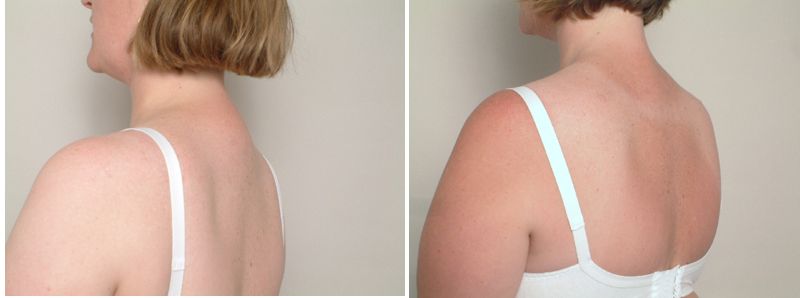
Elevated blood glucose levels, or “high blood sugar,” can also result from Cushing syndrome, high blood pressure, abnormal lipid levels, irregular menstrual cycles, excessive thirst, osteoporosis, neurological changes, depression, and decreased libido.
The Method For Diagnosing A Buffalo Hump.
A healthcare professional will typically review the patient’s current medications, and medical history, and conduct a physical examination in order to diagnose a buffalo hump and its underlying cause.
Depending on the suspected cause, the doctor may request lab tests like 24-hour urinary-free cortisol (UFC) test, a late-night salivary cortisol level, a low-dose dexamethasone test, or a high-dose dexamethasone test.
These examinations measure cortisol levels and aid in the diagnosis of underlying diseases. To help differentiate between fat deposits and spinal changes, imaging studies like X-rays, MRIs, or CT scans may also be requested.
8 Exercises To Lose Buffalo Hump
Shoulder Rolls
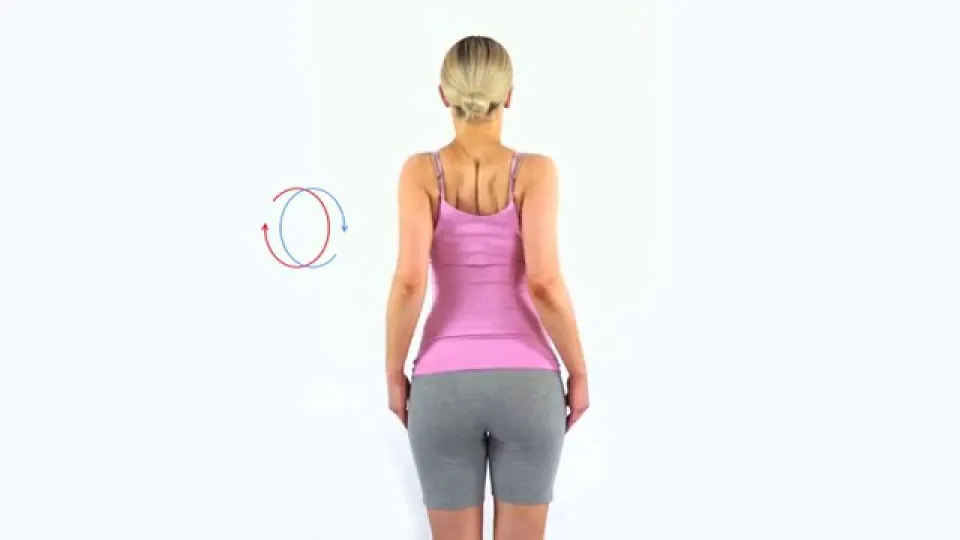
This can be done anytime, anywhere, and it’s simple. Start by being upright and keeping your arms by your sides while standing or sitting. Next, rotate your shoulders 12 times each in the forward and reverse directions. After a brief rest, the cycle is repeated three more times. Releasing tension in the front and back of the shoulders helps to align your shoulders and improve your posture.
Cat Pose
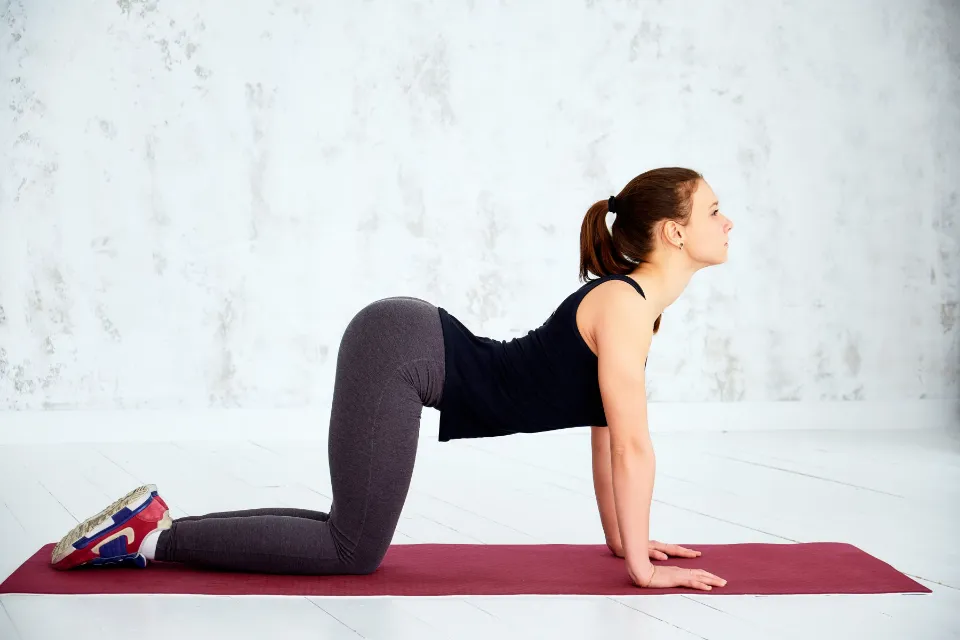
The cat pose will be very familiar to anyone who practices yoga. This exercise lengthens the chest and eases back stiffness, helping you stand more upright. Start by getting on your knees to perform it.
As you exhale, round your back up toward the ceiling, tuck your tailbone under, and lower your head while applying pressure with your palms. Repeat 12 times after holding for one second. Once you’ve finished 12, take a brief break and carry out the remaining three times.
Chin Tucks
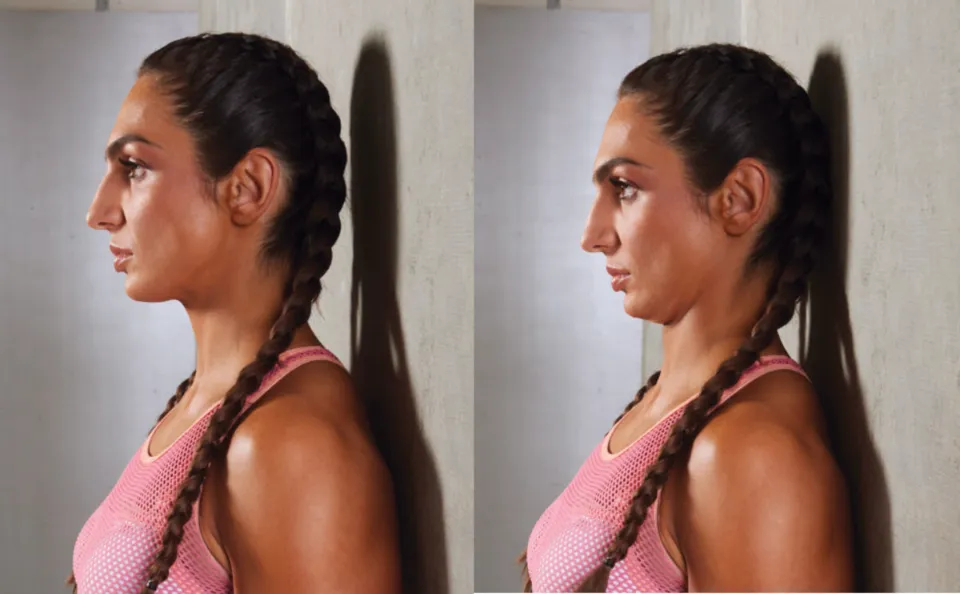
Another simple exercise to include in your stretching routine is the chin tuck. While working the muscle in the front of your neck, stretches the muscle at the back of your neck. Both must be working properly for the hump to be corrected.” Best of all, you can perform chin tucks while watching television.
Here’s how:
Consider giving yourself a double chin as you chin-drop and push it into your neck, then raise it back up. Repetition 12 times, a brief break, then three more times.
Chin-to-shoulder Stretch
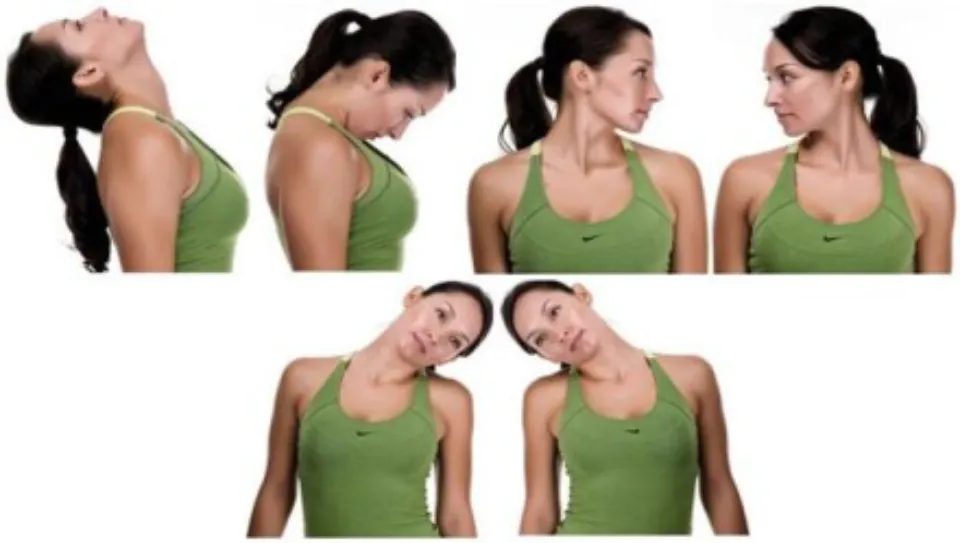
While lounging on the couch, try this delicious stretch. Turn your neck to the side, then downward until your chin is almost in contact with your shoulder, before returning to the middle. Work on one side at a time for 12 repetitions, then rest and repeat three times.
On the other side, repeat. This will assist in stretching the muscles in your neck and trapezius, which are located above your shoulders at the base of your neck, and will also assist in realigning your neck.
Head Side-to-side Stretch
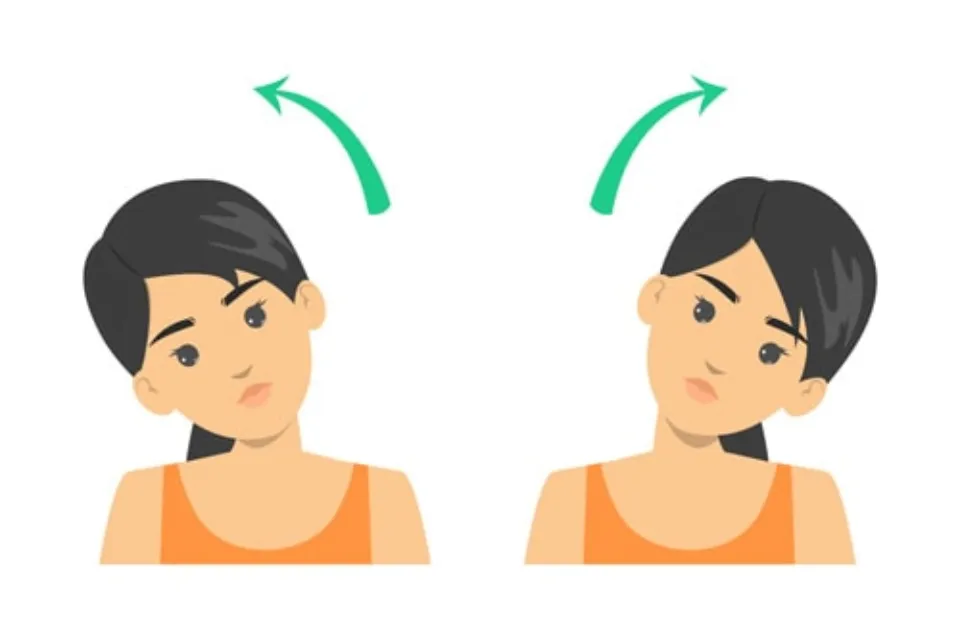
This bump-busting exercise involves turning your head to the side, just like the chin-to-shoulder stretch described above, but you don’t lower your chin to your shoulder. Repeat 12 times, paying attention to one side at a time, then bring your head back to the center.
Repeat the cycle three times after pausing for a beat. Your neck will be better aligned as a result of the release of the side neck muscles.
Massage The Area With A Ball
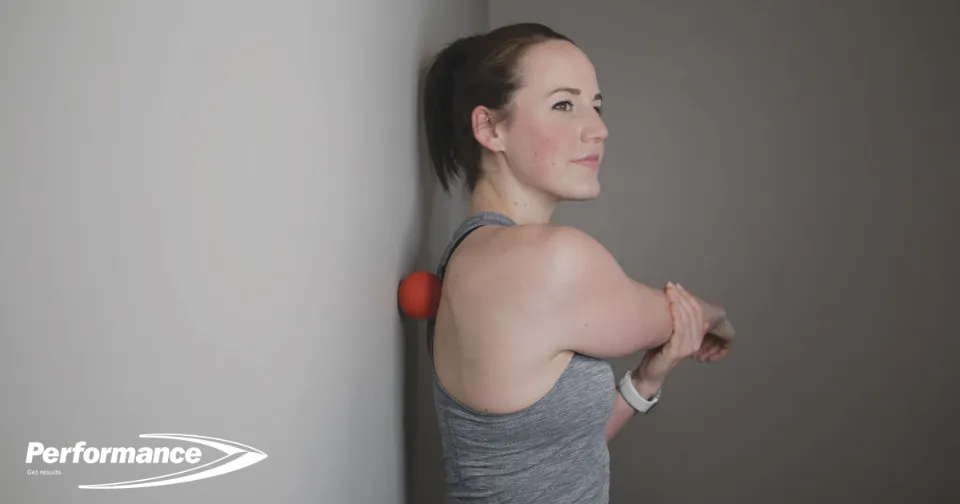
This last move requires a massage ball and is not technically a stretch, but it’s an effective technique worth adding to the rotation. Laying on the floor, wrap a massage ball around your traps, the top of your shoulder, and place it to the side of your neck.
Even though it might be painful, you should lay on it for about 30 seconds before moving it to a different location. Spending a few minutes doing this will help loosen up the upper back, shoulders, and neck region, promoting a more upright posture.
Pec Stretch
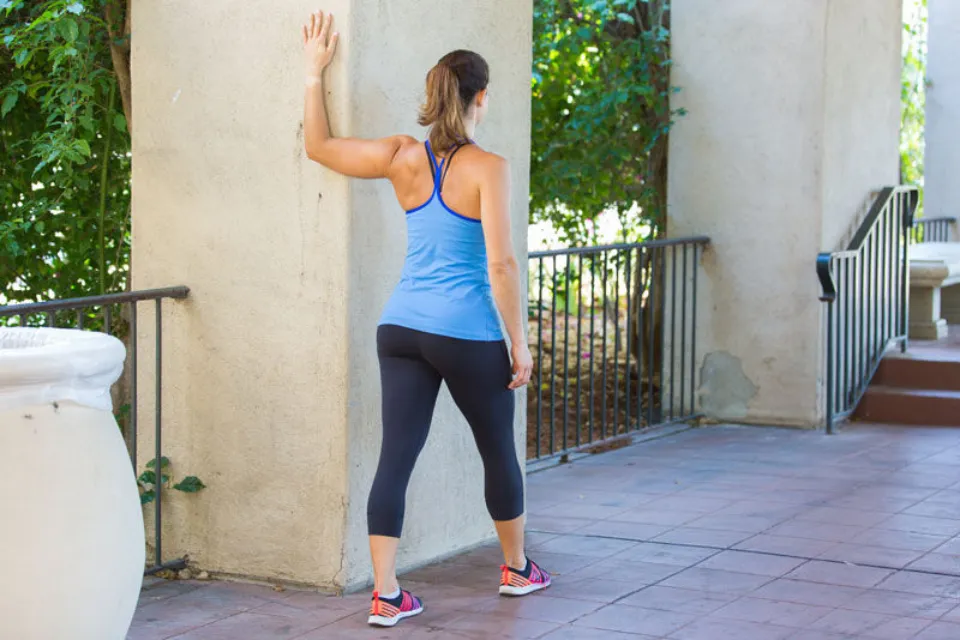
Place your forearm and elbow so that your elbow is at chest level as you stand diagonally facing a wall. Turn your body away from the wall while keeping your arm there until you feel your chest stretch. Make 4-5 repetitions while holding for 30 seconds. Execute the same action on the opposite side.
Diagonal Band Stretch
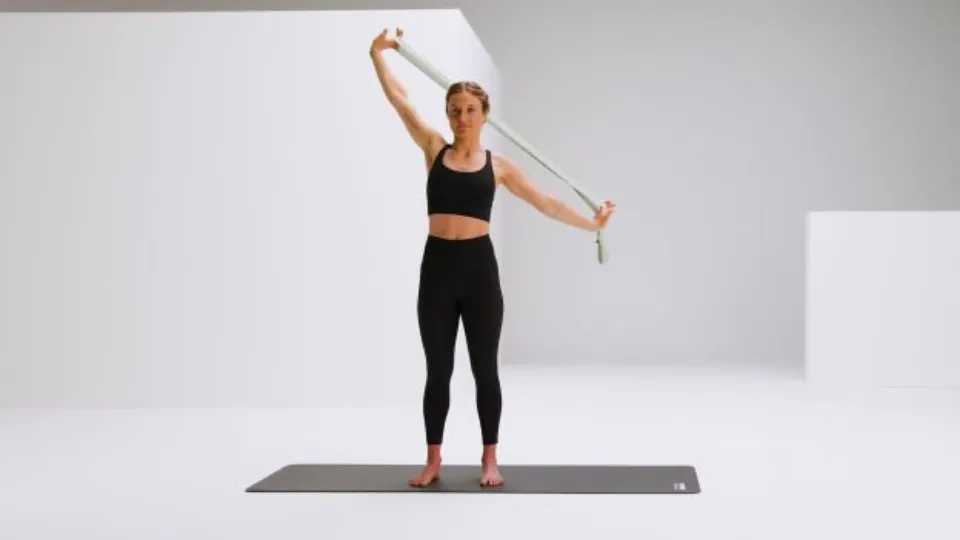
The rounded backs are straightened and thoracic extension is encouraged. The center of your back, which is where you need more support, will feel this. When performed correctly and regularly, this three-directional exercise can also aid in the development of stronger back and shoulder muscles.
Holding either end of the band, stretch it diagonally while facing the opposite direction with your hands. To finish the movement, stretch the band horizontally across your chest after switching directions. Pulling on the band while maintaining an upright posture with your thumbs, a relaxed neck, and a pushed-together shoulder blade joint.
Conclusions
Now that we have seen the neck exercises to remove the neck hump, we can say that they don’t take much time. You’ll feel better overall and have less discomfort if you regularly practice these techniques. You’ll also have more energy.
Just be aware that results take time to appear. Over the coming weeks and months, you should start to notice some changes in your posture, but they won’t happen overnight. To make steady progress and long-lasting change, one must be consistent.



